Record DefinitionA record is something that has been written down. The record originally meant "to register." In another meaning, the term "record" was originally used to refer to something that held sound, but with the introduction of the phonograph, it came to signify something that captured sound. For instance, bands record music. You may create a record of your life by writing down your ideas in a journal (re-CORD). If someone steals, they'll get caught and have a criminal record; but, if they are under 18, the crime won't show up on the permanent record. While attempting to understand the past, people consult the historical record. 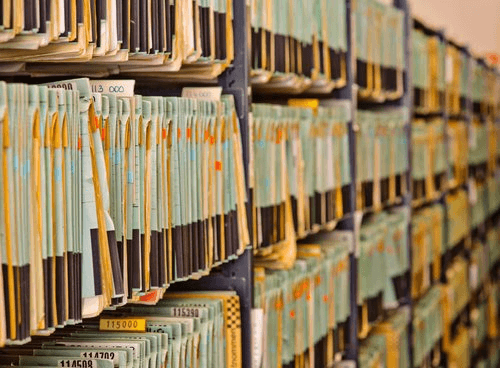
A record is any piece of information that the university creates, receives, and maintains and that is used to oversee, support, or document its operations. The Texas A&M System defines it as "any written, pictorial, machine-readable, or other recorded material generated by or on behalf of the institution that chronicles the actions of the organization. Records may be anything from books to letters to paperwork to printouts to photos to sound recordings to maps to drawings to speech, data, or video representations stored in computer memory. Records are kept around for administrative, monetary, historical, or legal purposes. Records may contain the following items:
In Computer scienceA record is a fundamental data structure in computer science, also known as a structure, struct, or compound data. Often, rows are used to refer to records in databases and spreadsheets. A record is a group of fields, normally arranged in a defined number and order and sometimes including several data kinds. Particularly in object-oriented programming, fields of a record can also be referred to as members; they can also be referred to as elements, however, this raises the possibility of misunderstanding the components of a collection. As an illustration, a date might be saved as a record with three fields: a numeric day-of-month field, a numeric year field, and a string representation of the month. An individual's name, income, and rank might all be found in a personnel record. The center of a circle may be expressed as a point record with x and y coordinates in a Circle record that also contains the radius. 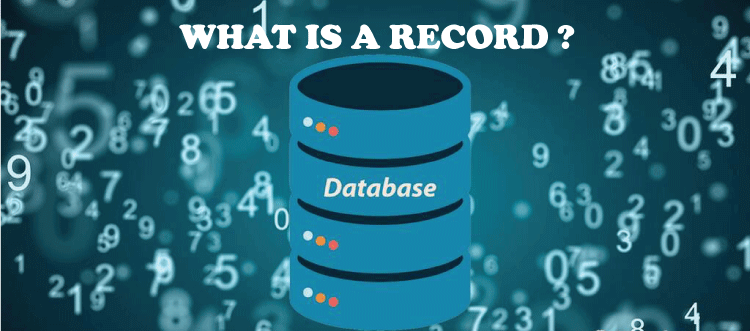
Records differ from arrays in that their number of fields is predetermined at record definition, and records are a heterogeneous data type in that not every field must contain the same kind of information. Records can be found on any type of storage medium, including hard drives, magnetic tapes, and main memory. Most data structures, particularly linked data structures, depend on records as a fundamental building block. In order to maximize efficiency, a lot of computer files are arranged as arrays of logical records that are frequently combined into larger physical records or blocks. In PhonographA record is an analogy sound storage media that takes the shape of a flat disc with an engraved, modulated spiral groove. It is also known as a phonograph record, vinyl record, or just a record. The groove often begins at the disc's edge and finishes close to its center. Initially, the discs were typically constructed of shellac, with early records containing a fine abrasive infill. Since the 1940s, polyvinyl chloride has been widely used, leading to the widespread usage of the name "vinyl." 
During the majority of the 20th century, music was reproduced on phonograph records. From the late 1880s until around 1912, it coexisted alongside the phonograph cylinder, which it eventually replaced. In ManagementA record is information that describes a commercial transaction in this context. Contracts, notes, paper files, digital files, emails, movies, instant chat logs, reports, and database entries are all examples of documentation. Physical boxes can be used to store paper records either onsite or in a storage facility. The cloud or on-site storage medium can both be used to store digital documents. Records management seeks to help a firm keep the necessary documents in a place that is easily accessible for both daily operations and compliance audits. For keeping track of where records are maintained, some small- to medium-sized businesses use spreadsheets, while larger companies may consider records management software solutions that are tied to both a taxonomic and a records retention strategy to be more useful. As they may help a business manage both records and shared material, these software packages may be marketed as enterprise information management (EIM) products. Types Of RecordsI. Records of AdministrationDocuments relating to the agency's beginnings, evolution, pursuits, and successes. They typically fall into two groups: operational records and policy records.
II. Legal RecordsRecords containing proof of the State's legal binding rights or responsibilities are considered to have legal worth. They may consist of: Agreements, probate, land, contracts, leases, and licenses are among the records pertaining to property rights. Vital statistics such as birth, marriage, death, some legal actions, and criminal cases are among the records that pertain to citizenship rights. 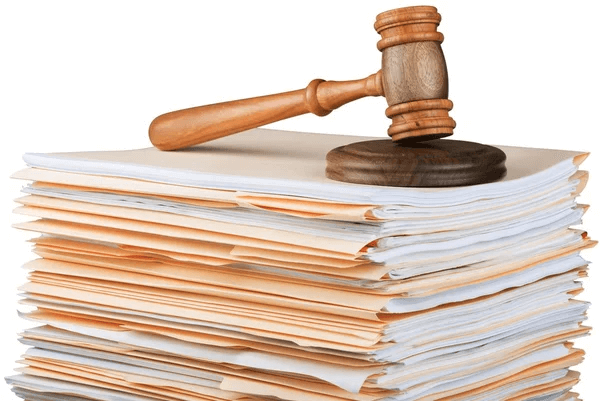
Records pertaining to employment include veterans' records pertaining to employment rights, fundamental state personnel records, and, in some situations, payroll records. Executive orders, regulations, rule, and documents to create or support court judgments and interpretations are all examples of records holding information necessary to defend the State against legal claims or to enforce legislation. III. Fiscal RecordsFiscally valuable records are those that pertain to the financial dealings of an organization. They might include accounting records, payroll records, vouchers, and budgets. Once they have served their primary administrative purpose, records may still need to be kept in order to demonstrate how public funds were used and accounting them for audit requirements. IV. Historical RecordsDocuments that are deserving of long-term preservation for use as sources and for study are chosen for preservation in the national archives. For a variety of purposes, these records are kept. Public authorities use archival documents to safeguard the government, offer uniformity and consistency to their operations, avoid duplication of effort, and identify effective solutions for persistent issues. Also, records are maintained to uphold residents' legal rights and for several types of study that advances understanding and public knowledge. 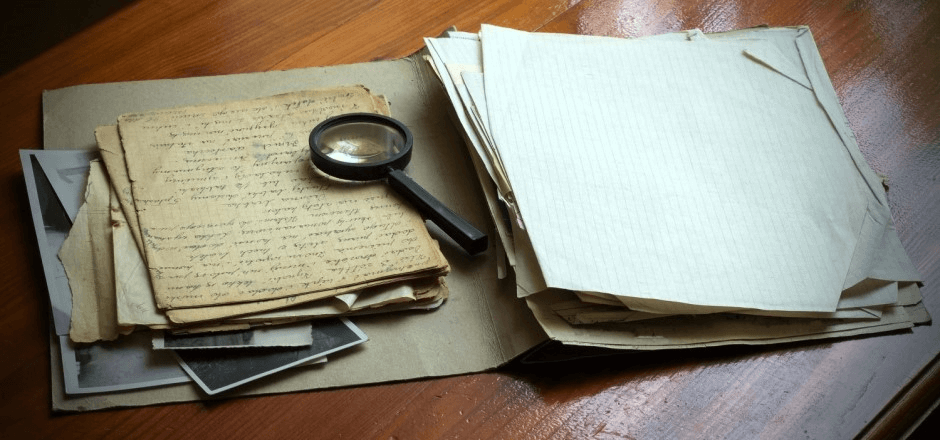
V. Research RecordsRecords used in academic research and inquiries. The goal of the research is to increase human understanding by utilizing fundamental historical data. Important details on people, business entities, their issues and conditions, and key historical events may be included in these records. Researchers may use regulatory and quasi-judicial case files and statistics and other data on economic growth, demographic changes, and/or significant social movements. Several of these documents are important for administrative, archival, and informative purposes. VI. Electronic RecordsAn electronic record is defined as "a record made, generated, sent, communicated, received or maintained by electronic methods, including, but just not restricted to, electronic mail, facsimiles, telexes, and internet messaging" under the Connecticut Uniform Electronic Transactions Act (CUETA) (CGS, Section 1-267). Electronic communications made or received while conducting official business are open to the public. 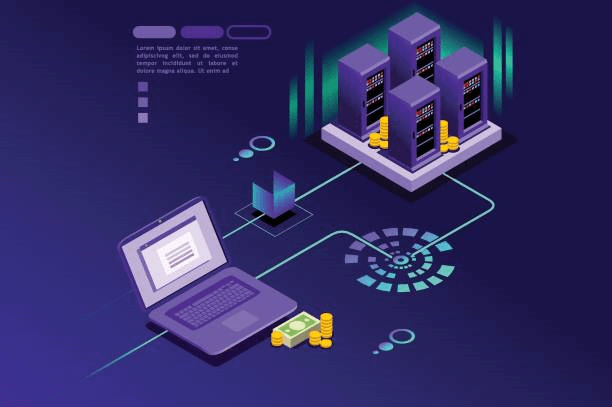
In A NutshellEven while the documents one acquires while managing the business comprise records, not all of them may require ongoing upkeep. Most of the time, the person who created the document, in this case, the sender or the committee chair in the case of correspondence or committee minutes, owns the copy of the record, which is an official, long-term copy which has to be kept for public records reasons. Any additional copies are thought of as convenience copies and often have shorter retention periods. The structure for a certain kind of change request is called a record type. It is comparable to a relational database table in general. The information that may be gathered for a particular sort of change request is defined by each record type. So a record is a collection of data regarding a single change request, and a field is a specific piece of that record's information.
Next TopicRecruitment Definition
|
 For Videos Join Our Youtube Channel: Join Now
For Videos Join Our Youtube Channel: Join Now
Feedback
- Send your Feedback to [email protected]
Help Others, Please Share










